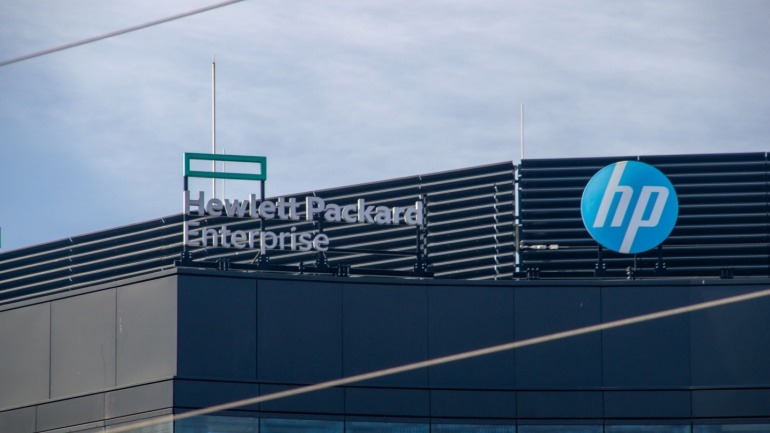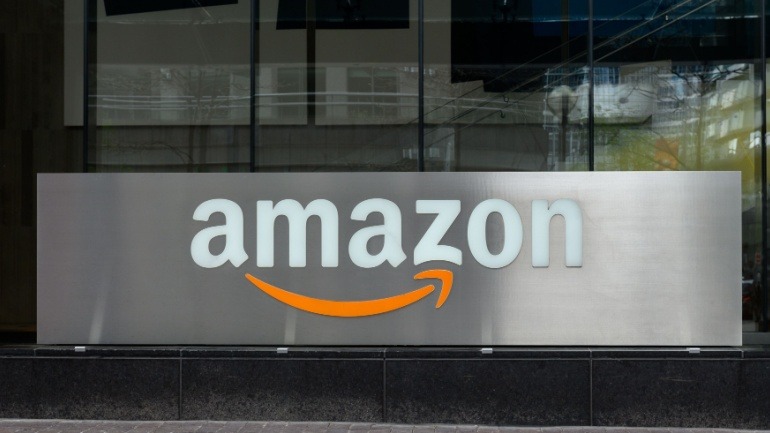LexisNexis is taking a significant step to boost the accuracy of patent data within the telecoms sector, specifically for standards such as 5G. The new ‘Cellular Verified’ initiative involves over 30 leading telecom companies with extensive global 5G patent portfolios. This collaboration aims to tackle the persistent issues of inaccuracies and biases in patent declaration data.
For the past year, LexisNexis Intellectual Property Solutions has worked with industry leaders to polish their declared patent databases. The result is an impressive 99.9 percent accuracy rate achieved by matching, cleaning, enhancing, and verifying patent families against the European Telecommunications Standards Institute’s (ETSI) declaration database.
Patent declaration data often reveals inconsistencies due to each company’s unique practices. Tim Pohlmann, Managing Director Americas for LexisNexis, explained, “Patent declaration data is inherently inconsistent, shaped by each company’s unique declaration practices. If such self-declarations are not rigorously cleaned and verified, the data favors companies that provide more detailed and cleaner information, resulting in a systematic bias.”
The Cellular Verified initiative seeks to be a trusted and impartial resource. By doing so, it aims to improve patent declaration data reliability, reducing challenges in licensing negotiations and FRAND (fair, reasonable, and non-discriminatory) rate determinations.
Alan Fan, VP and Head of the IPR Department at Huawei, echoed this sentiment, acknowledging the historical issues of data gaps and errors within patent declarations. He stated that the initiative had strengthened patent declaration data accuracy, significantly benefiting stakeholders in the industry.
ETSI hosts a critical database essential for standards like 2G, 3G, 4G, and 5G. With over 555,000 declared patents across 100,000 families, the self-declaration process poses challenges. Companies vary in submitting patent numbers; some declare early with incomplete data, leading to database ambiguity and bias.
Approximately 40 percent of self-declared patents cannot be directly matched to standardized information. Furthermore, about 20 percent of cases result in false positives due to the ambiguous nature of patent numbers, according to LexisNexis.
The Cellular Verified initiative tackles these issues through data matching and cleaning, expanding patent family coverage, and classifying patents by technology generation. By extending the visibility of patent landscapes, this initiative allows better patent portfolio evaluation during negotiations, ensures competitive benchmarking, and supports FRAND compliance strategies.







